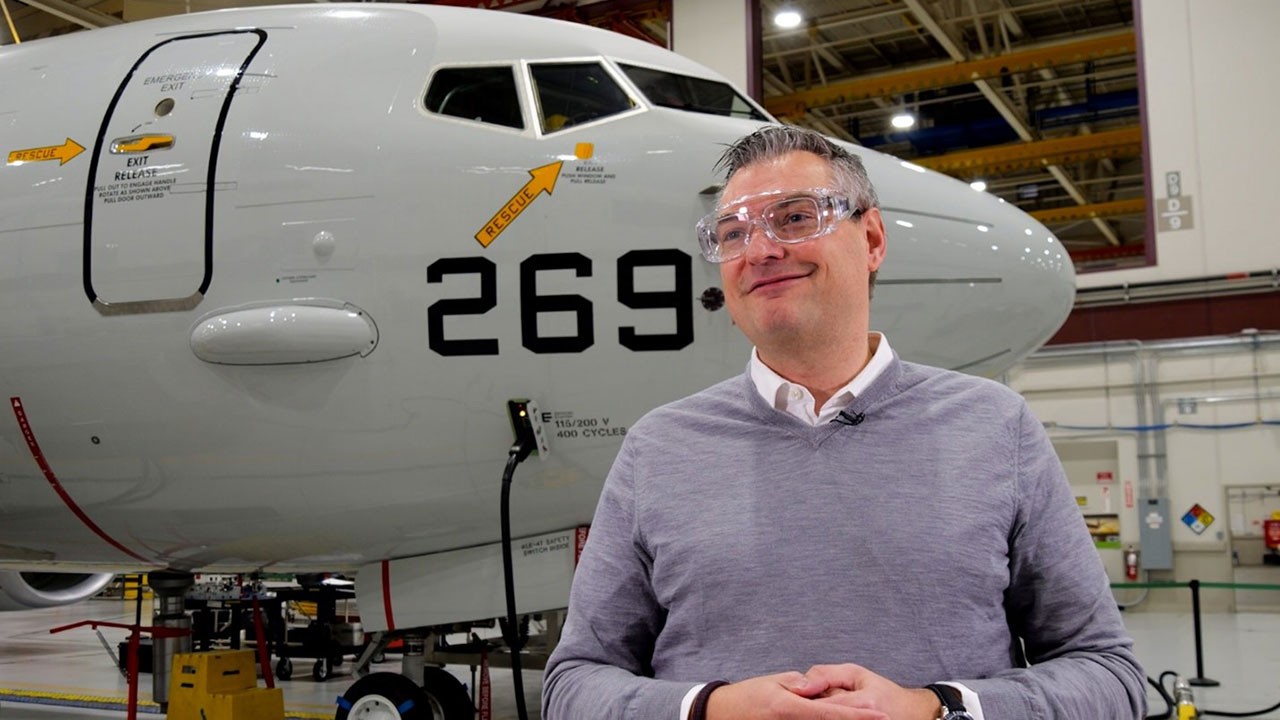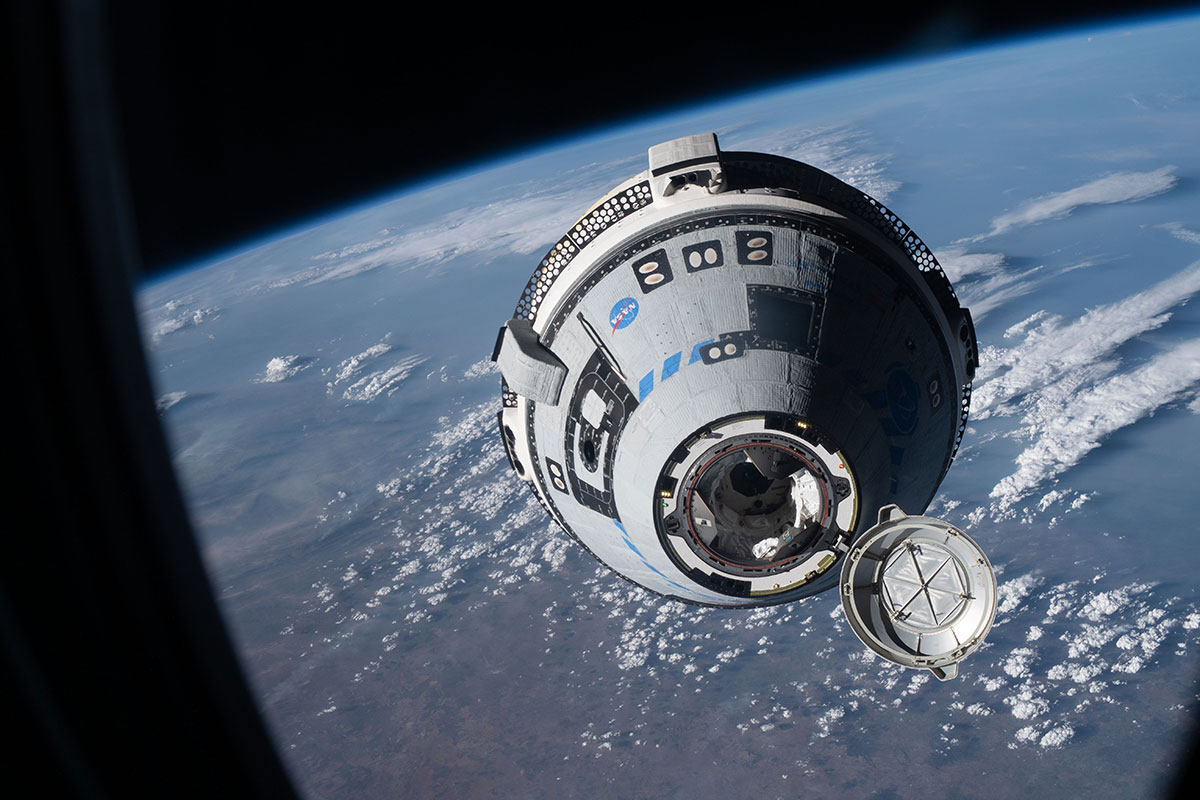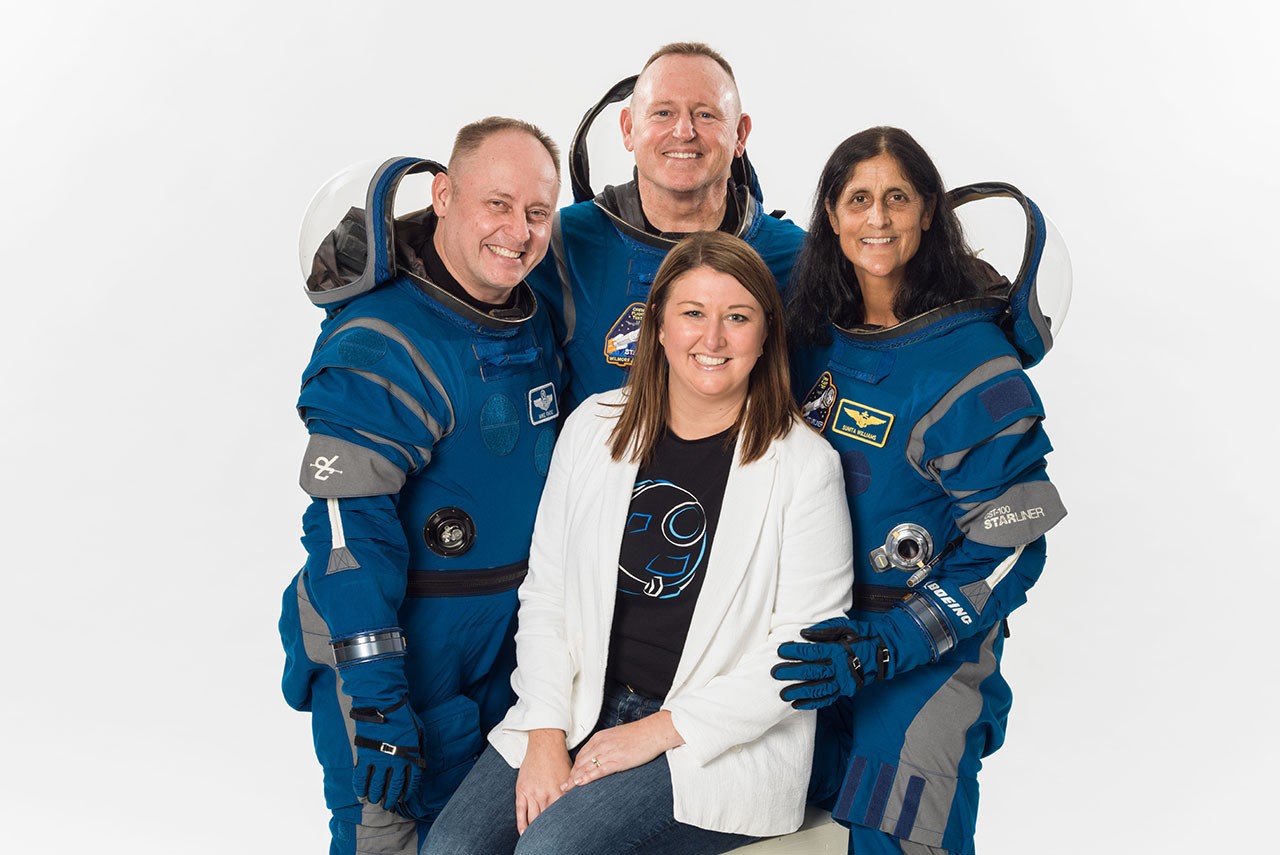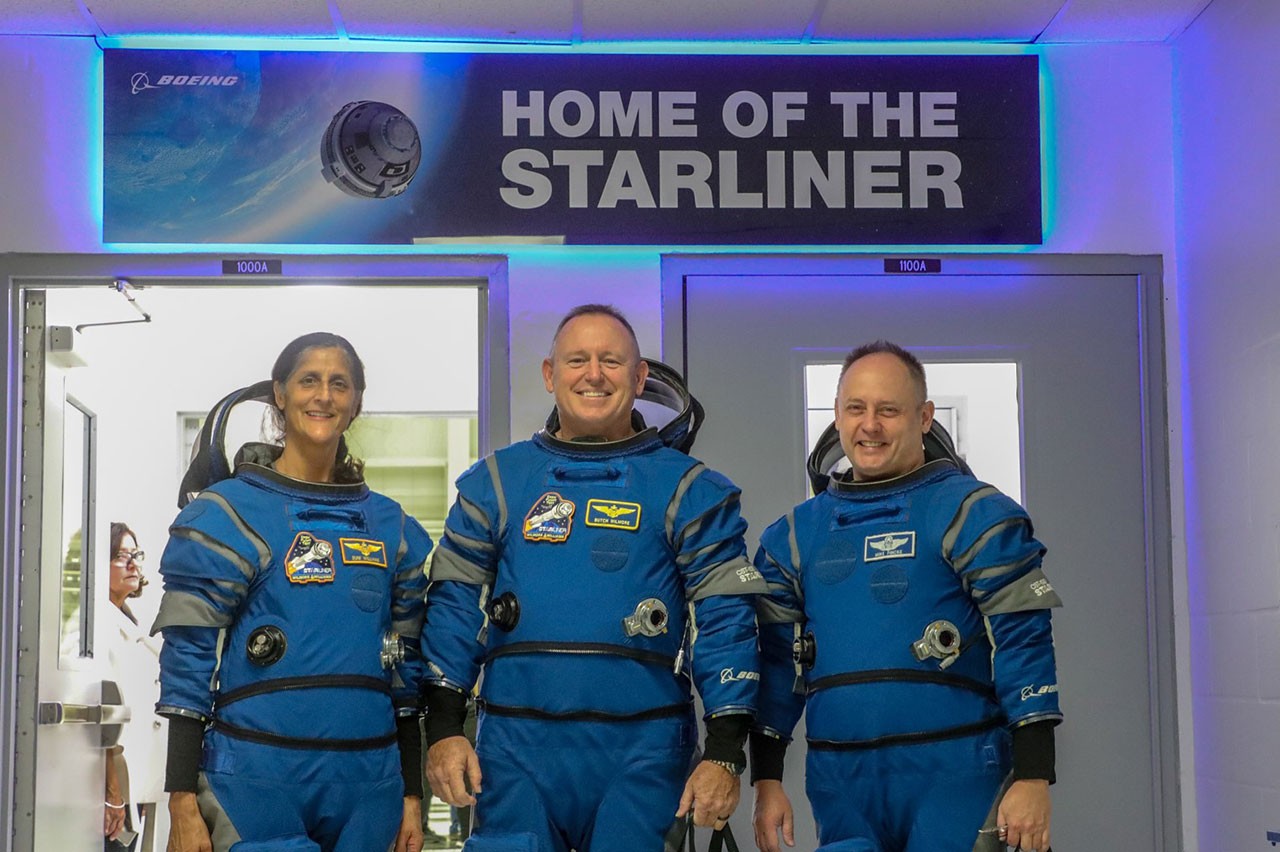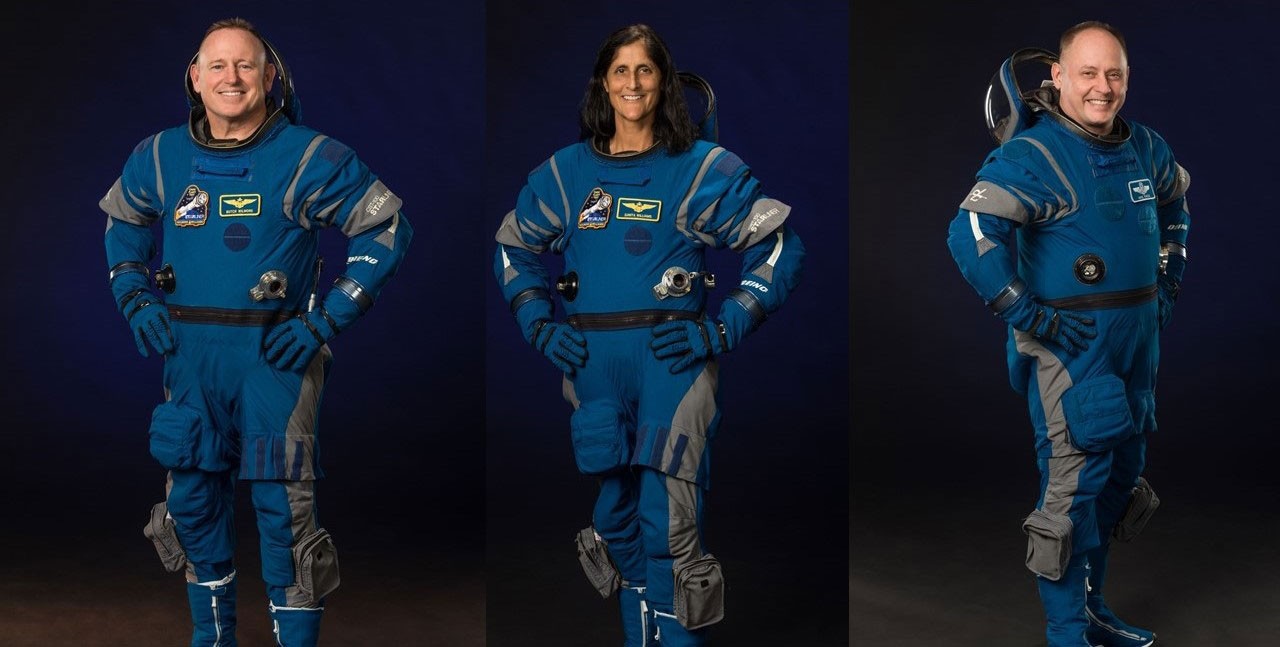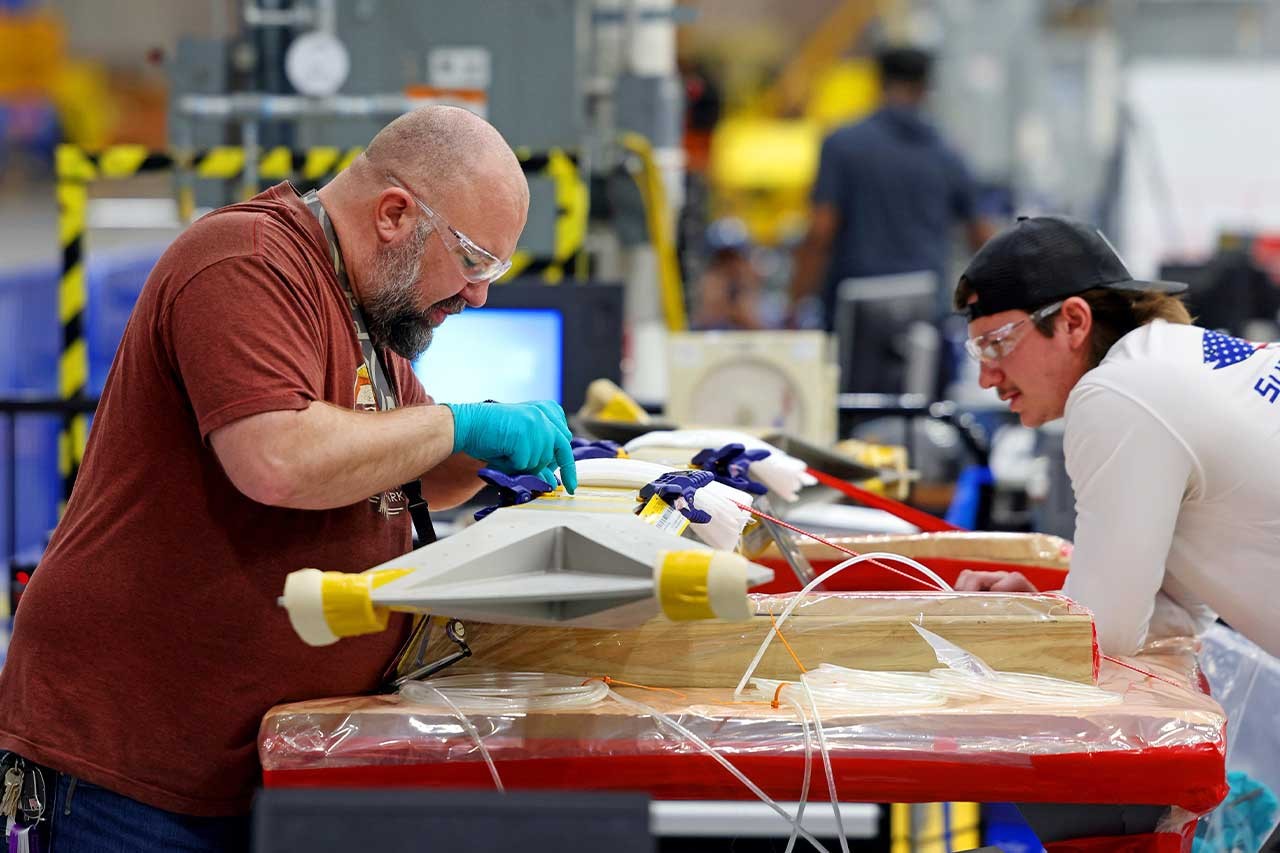Artemis I SLS rocket mated with Orion spacecraft
Teams have more tests planned before the NASA vehicle launches an uncrewed mission around the Moon
The first NASA Space Launch System, or SLS, rocket, with a core stage, upper stage and avionics from Boeing, has been topped with the Orion stage adapter and the Orion spacecraft in the Vehicle Assembly Building at Kennedy Space Center in Florida.
Boeing crews have been supporting NASA’s Exploration Ground Systems team throughout stacking, particularly with maneuvers that involve Boeing-provided hardware. The Orion stage adapter was lifted last week on top of the Interim Cryogenic Upper Stage, or ICPS, built by Boeing and United Launch Alliance. This week’s Orion lift and mate completes the 322-foot (98-meter) integrated system. Orion is a human-rated, deep space vehicle that only the powerful SLS can launch.
“It’s exciting to be on the ground here at Kennedy right now,” said Suba Iyer, Boeing’s core stage vehicle integration leader at the center. “All this sophisticated hardware is coming together and Boeing, NASA and the other Artemis partners are working side by side to prepare for a successful mission.”
The SLS also completed its design certification review, or DCR, which examines all test data, reports and verifications to ensure safe operating conditions and reliability as teams prepare for launch.
The SLS rocket stack completed two major tests last month: the Umbilical Release and Retract Test, or URRT, followed by Integrated Modal Testing using an Orion mass simulator.
“Umbilicals are the electrical and fluid connections between the rocket core and upper stages and the launch tower, and their release and retraction before launch has to be seamless,” Iyer explained. “Four umbilicals are connected to the core stage at the forward skirt, intertank, liquid oxygen tank and liquid hydrogen tank, in addition to two stabilizers attached to the forward skirt.”
The successful URRT test verified the maneuver’s timing and functionality. Boeing teams supported inspections before and after testing, then helped analyze the data.
A Boeing crew also joined the team at Kennedy to support modal testing, which establishes the “frequency” of the rocket. This data is important for the software that controls the rocket’s launch and ascent. Engineers conduct integrated modal testing to determine the full range of the rocket’s frequencies and vibrations so that the flight software and navigation systems can safely guide the rocket through launch and ascent.
“We’re working next to the stack for all of that, while running launch simulations for the Artemis I mission. As each new element is added, we’re testing the integrated systems,” said Iyer.
During the first SLS mission, the core stage will fall away after launch, and the ICPS will maneuver the uncrewed Orion into trans-lunar injection to send the capsule toward the Moon. After boosting Orion toward lunar orbit, the ICPS will deploy 10 secondary payloads. Orion will travel around the Moon and back to Earth for a splashdown landing.
The Artemis I mission will be followed by an increasingly complex series of Artemis missions, including human landings to explore the lunar surface.
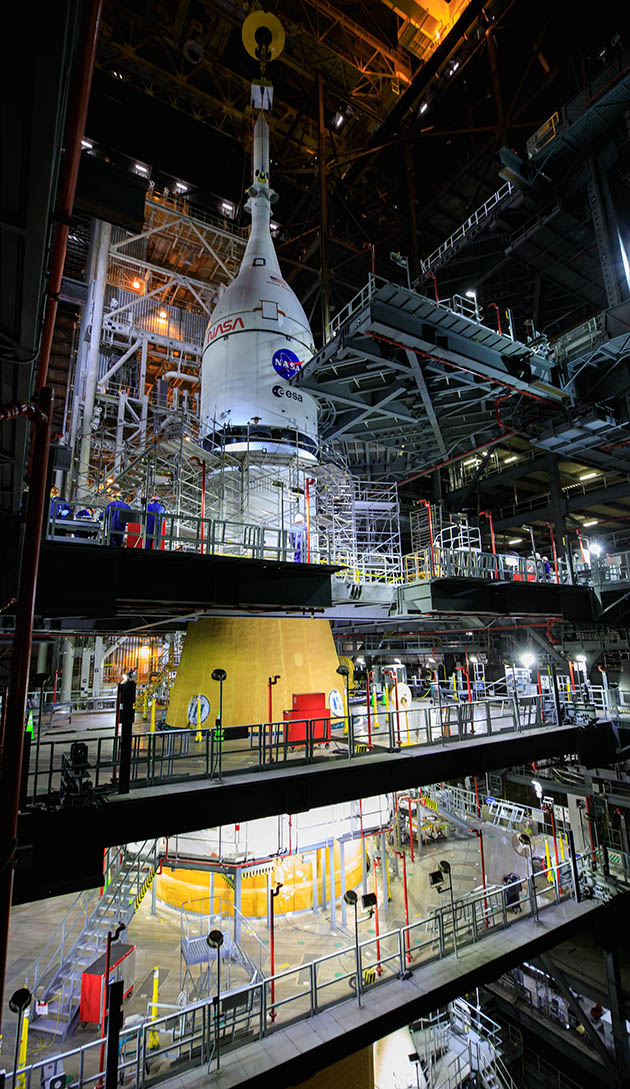 Teams at NASA’s Kennedy Space Center in Florida lift the Orion spacecraft onto the NASA Space Launch System (SLS) rocket stack. The system’s configuration for the Artemis I mission is now complete. (NASA image)
Teams at NASA’s Kennedy Space Center in Florida lift the Orion spacecraft onto the NASA Space Launch System (SLS) rocket stack. The system’s configuration for the Artemis I mission is now complete. (NASA image)
